
Aviation Terms: List of the most important terms used in the aviation world
Aviation World | July 06, 2020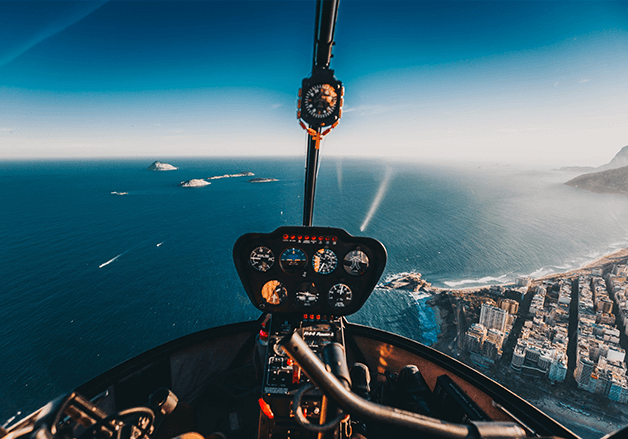
Are you thinking of joining the aviation field? Do you dream about becoming a pilot? How can this be achieved without knowing the aviation terms used all over the world!
These are the Aviation terms used in landing and take-off, words and phrases exchanged between the pilot and the control tower, terms for the parts of the aircraft, and the components of the aircraft and the devices in it.
Even if you are only interested in traveling and flying in the sky, you will benefit from learning these terms that you will be exposed to in any airport in the world, no matter where you travel or the language of the country you are traveling to.
Everyone knows that airlines have their own language, and there are many terms that are used only to describe places or situations specific to aviation.
Let’s take a look to learn some of the aviation terms and their meanings.
First, you should recognize the term “flying”, it can be defined as no contact with the ground, with or without mobility, with or without landing gear.
The types of aviation:
Leisure Flight
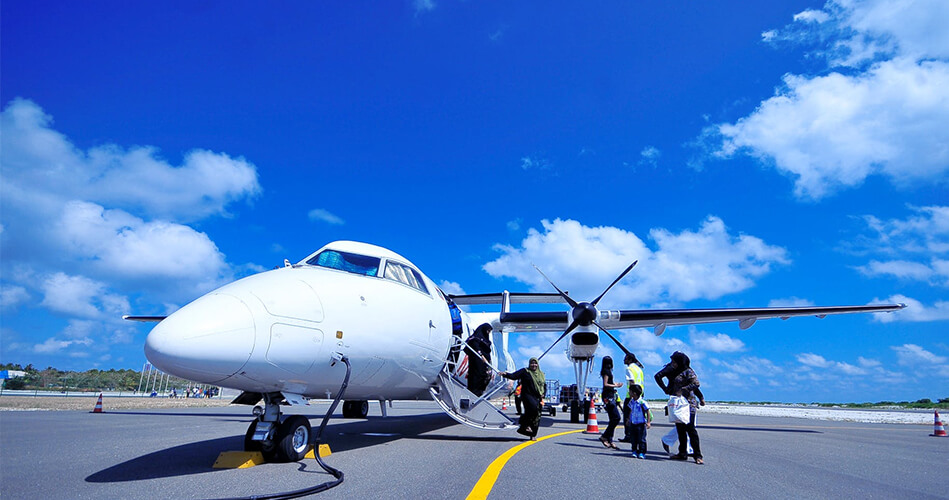
Recreational aviation is intended for aviation enthusiasts and adventurers, as it is engagement in activities that are not economical or military. One of the most important types of recreational aviation is the use of gliders, which are pulled to a certain height by another aircraft, then dropped and the pilot controls it by using air currents moving between the terrain, so it is often practiced in mountainous areas. Non-mountainous areas require upward currents of air or thermals that create a small area of upward-moving air as a result of uneven heating of the earth’s surface.
Tourism Aviation
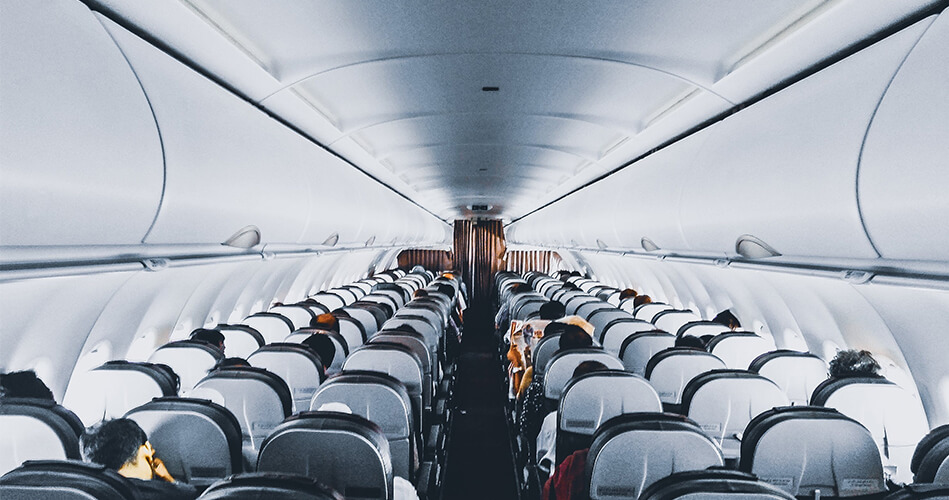
Can anyone use the plane for tourism? The answer is no, tourist flights require a tourist’s flight license or approval for the organization conducting the flight to be allowed to use small planes for tours and low-altitude travel.
Crop Dusting Services
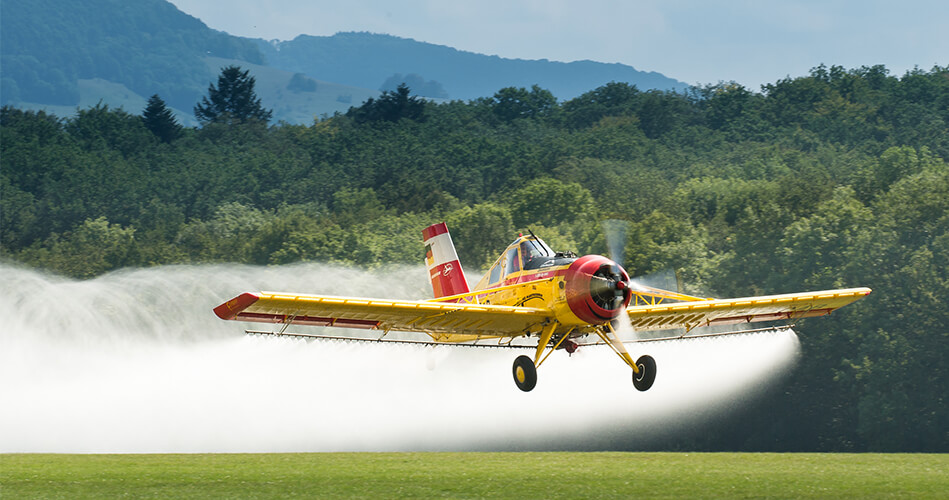
Small aircraft or helicopters are used in this type of flight to carry out several activities, such as spraying crops with pesticide, fertilizer or weed killer, after equipping the aircraft with the required equipment.
Fire Fighting Services
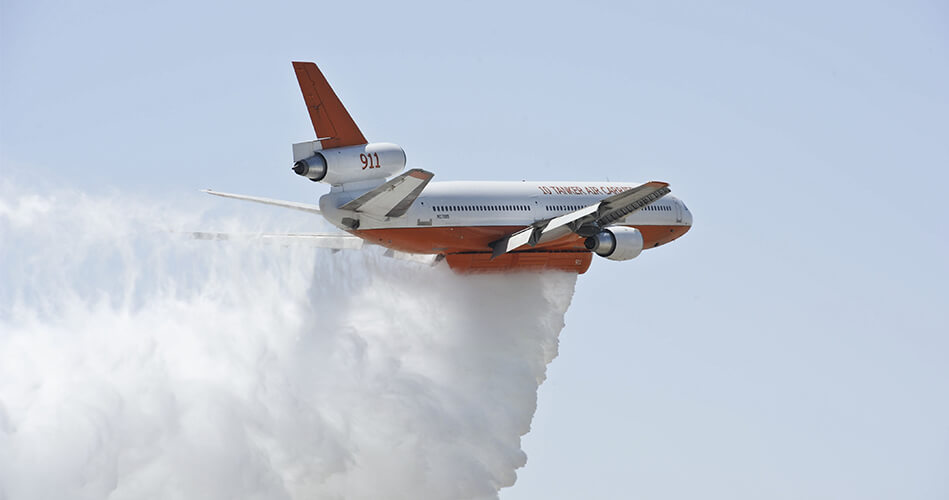
Another similar activity is the use of aircraft in disaster situations to transport water, firefighting, transporting rescuers and air ambulance, pilots are trained for service areas on different types of aircraft.
Commercial Aviation
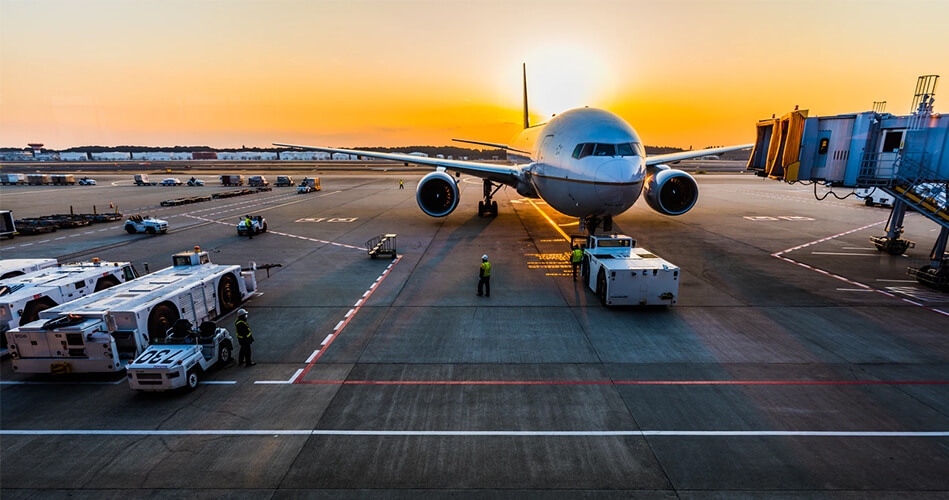
Used to carry cargo and people around the world via regular airlines, small businesses can transport small numbers of passengers, unlike large companies that have a fleet of large aircraft, modern and equipped with the best capabilities and amenities to transport thousands of passengers and tons of cargo.
Military Aviation
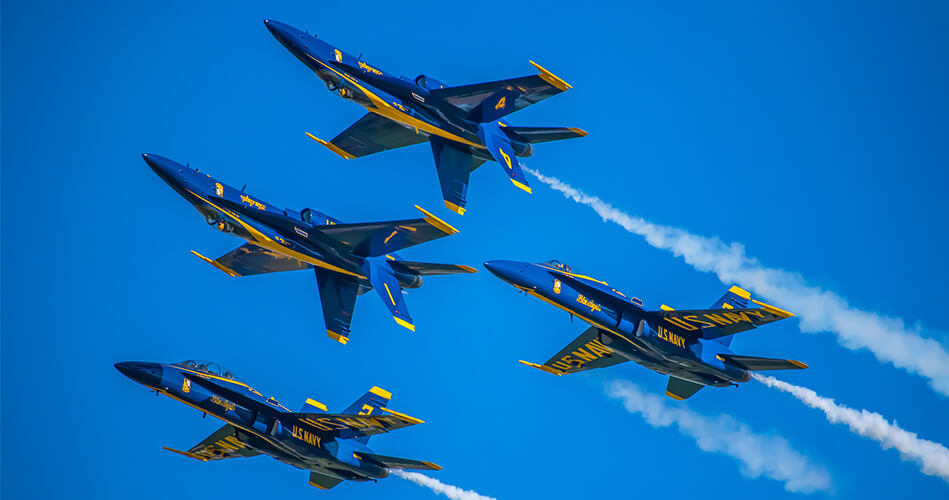
The military paid attention to the importance of aviation in military operations, so they provided technical ideas for the development of aircraft, and military aircraft are classified according to their tasks, such as combat jets, attack aircraft, and transport.
Terms used at airports ” Aviation terms “
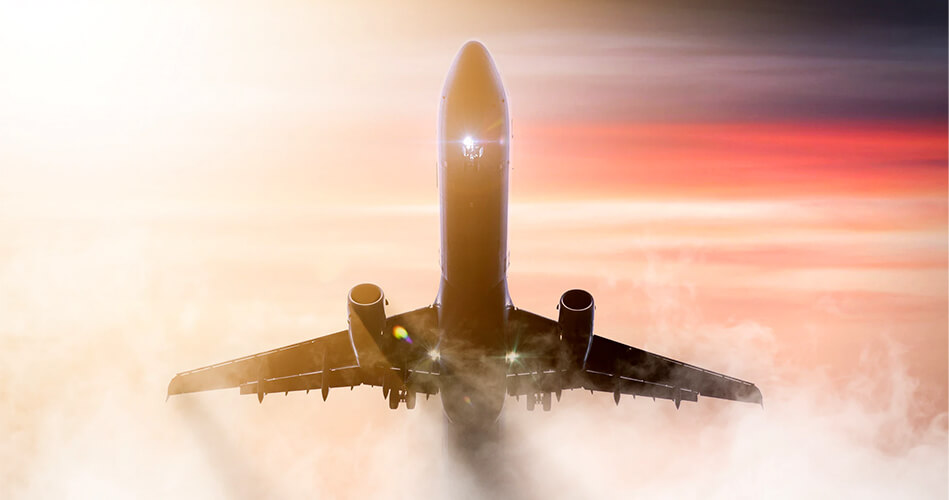
Many people depend on flying because it is easy and fast to travel from one region to another, some of the aviation terms frequently used in travel and airports include:
Airport:
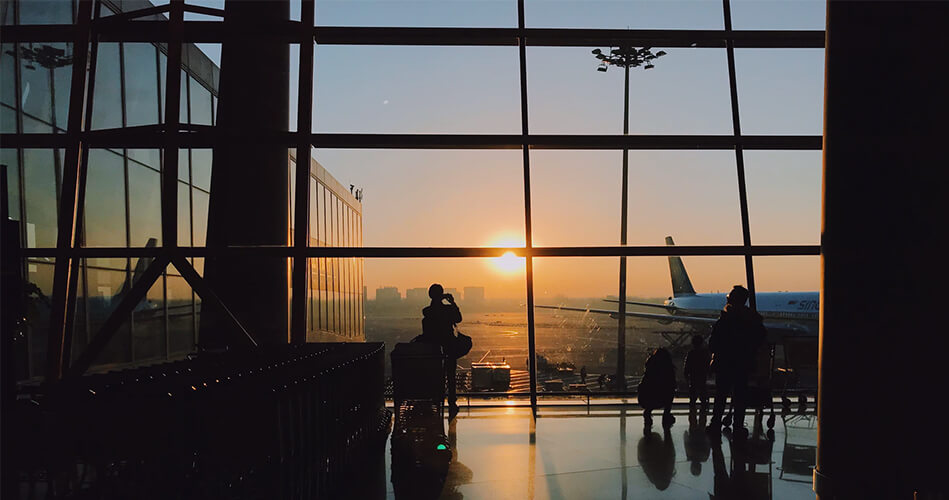
A place where all aircraft, such as helicopters or passengers and cargo travel to and from. An airport is often located on the outskirts of the city. This is done to reduce the noise in the city.
Domestic Airport:
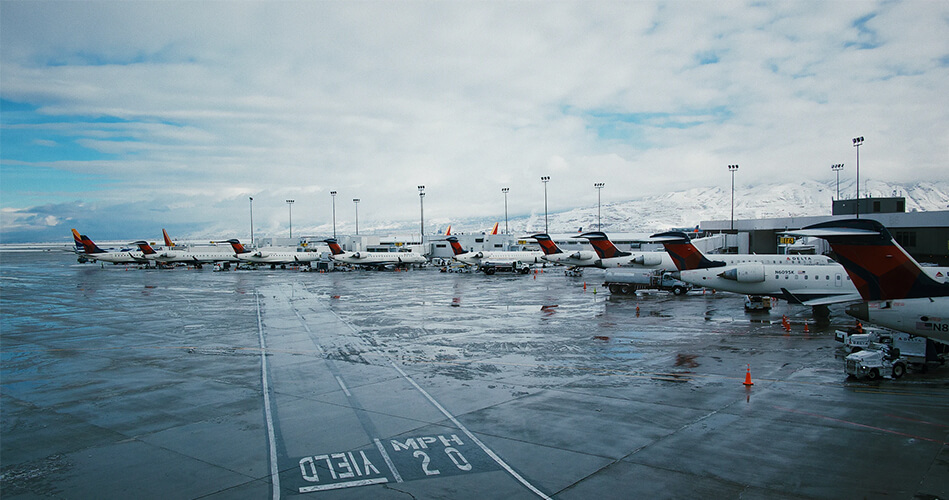
This means the terminal or airport is only used for domestic flights in the same country.
International Airport:
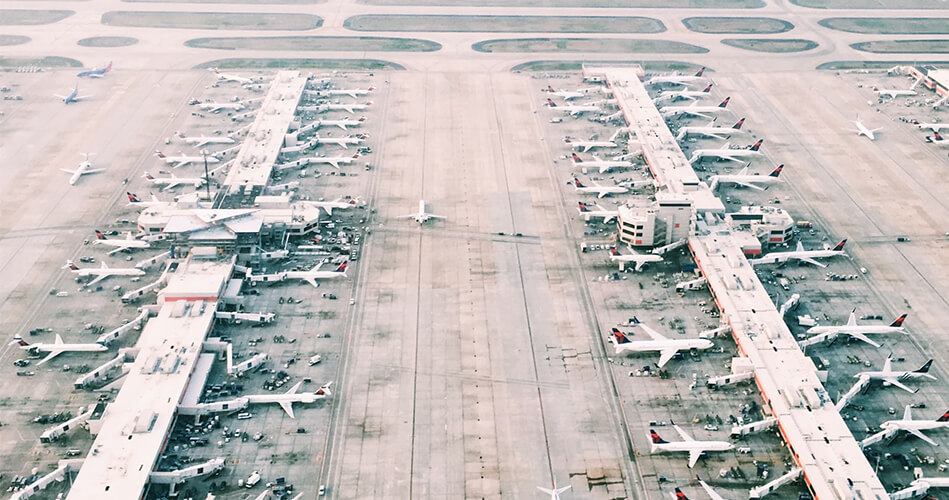
This means the terminal or airport is designated for international flights between different countries.
Airport Terminal:
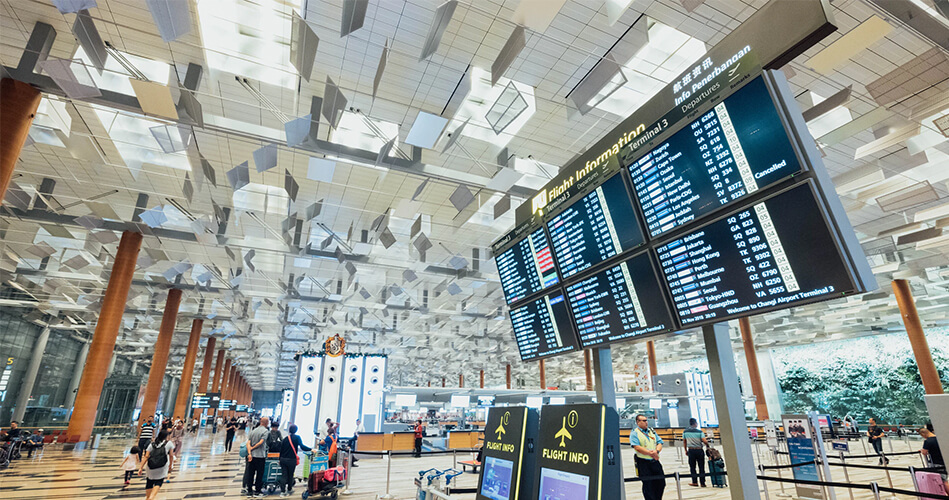
This is the place where the traveler completes their procedures when traveling or arriving. There are several services offered there such as ticketing, luggage shipping, checkpoints, etc.
Luggage:
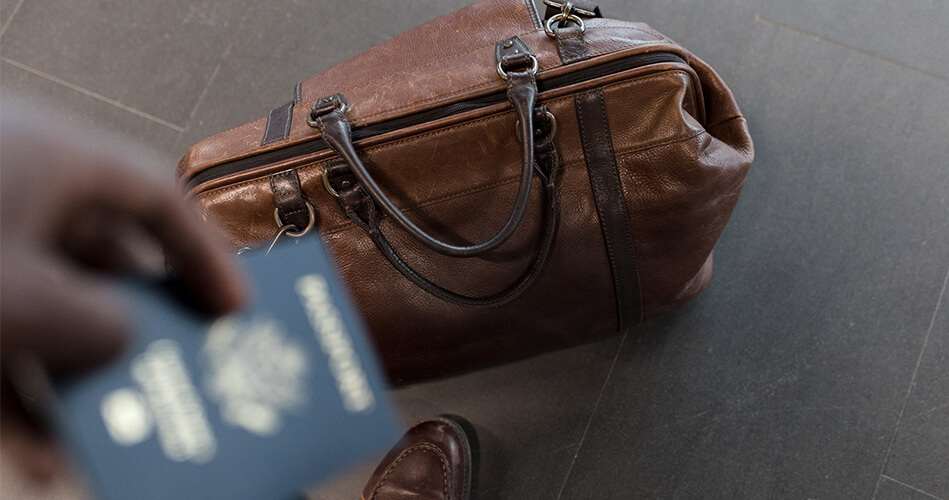
Bags brought by passengers on board. One piece of luggage is often brought on board and placed in small cabinets above the seats for easy access throughout the flight, while large luggage is kept in a special part of the aircraft called the aircraft box due to its heavy or large size.
Flight Registration:
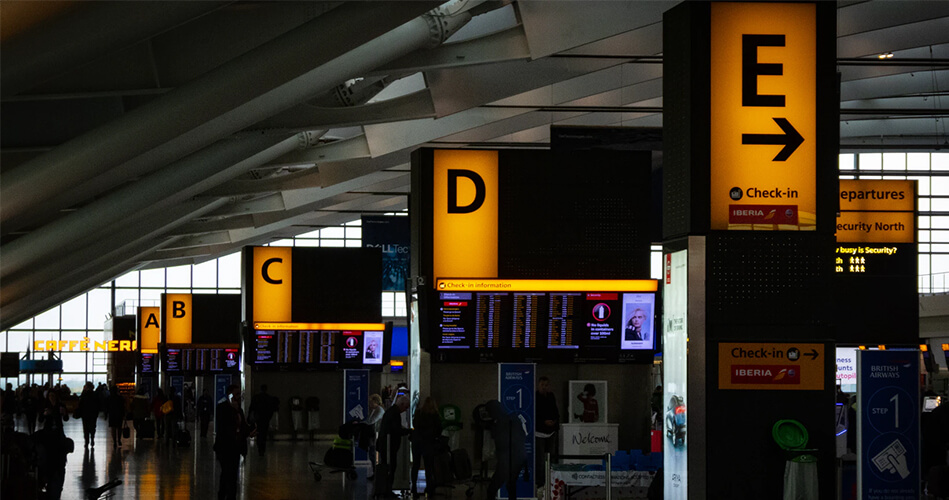
When you arrive at the airport, look at the big screen that shows the windows numbers where different airlines (companies) register passengers on flights. When you arrive at the appropriate window, the airline’s registration officer will ask you about your passport and register you as a passenger on the flight.
Timing of take-off:
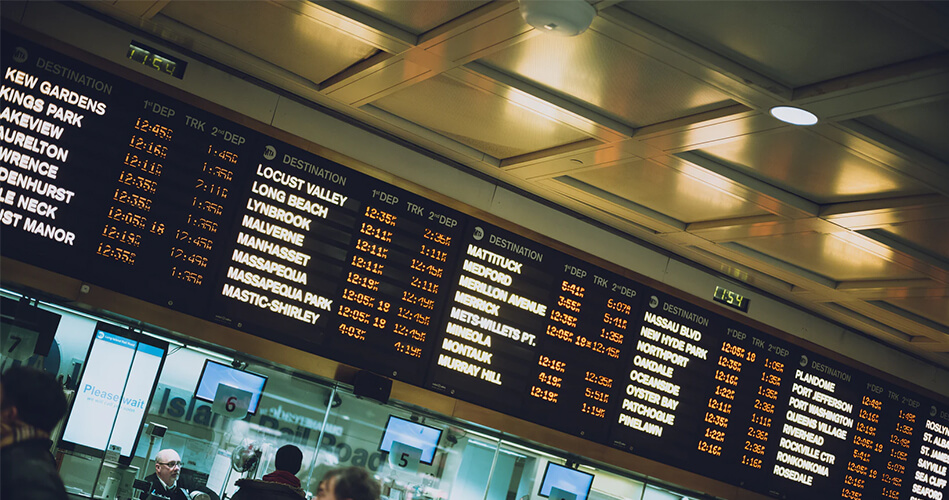
This indicates when the aircraft is expected to depart or leave the ground. The crew must prepare the aircraft on or near the runway as soon as possible.
Revenue passenger:
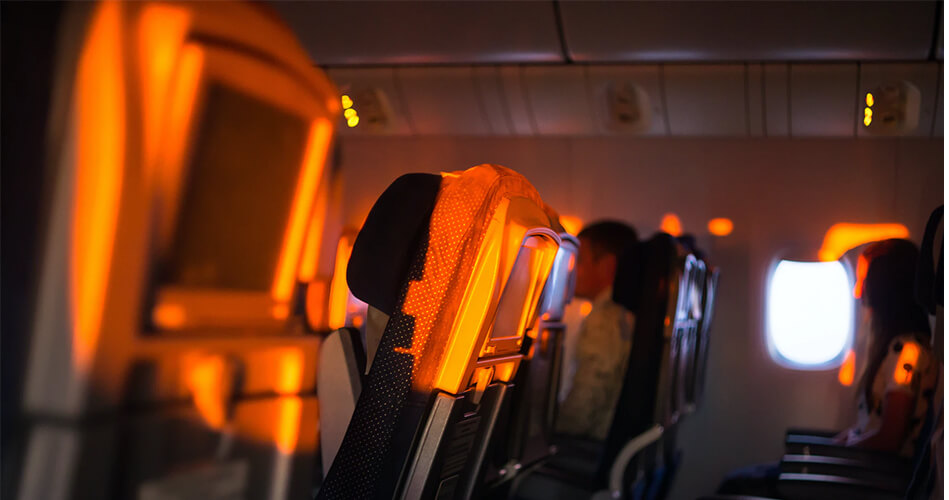
A person who pays for the full ticket price and can reserve a seat on the flight.
Non-revenue passengers:
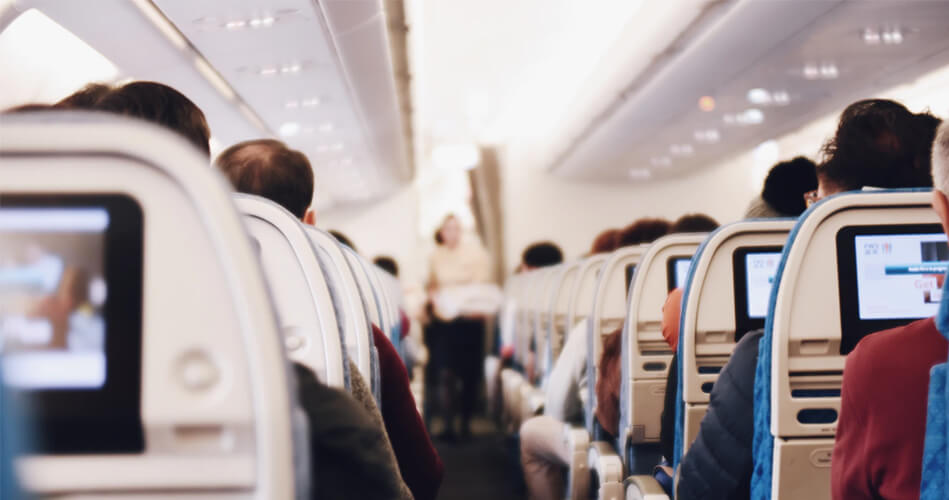
like airline employees who get free tickets and discounted tickets for the duration of their work.
Flight Attendant:
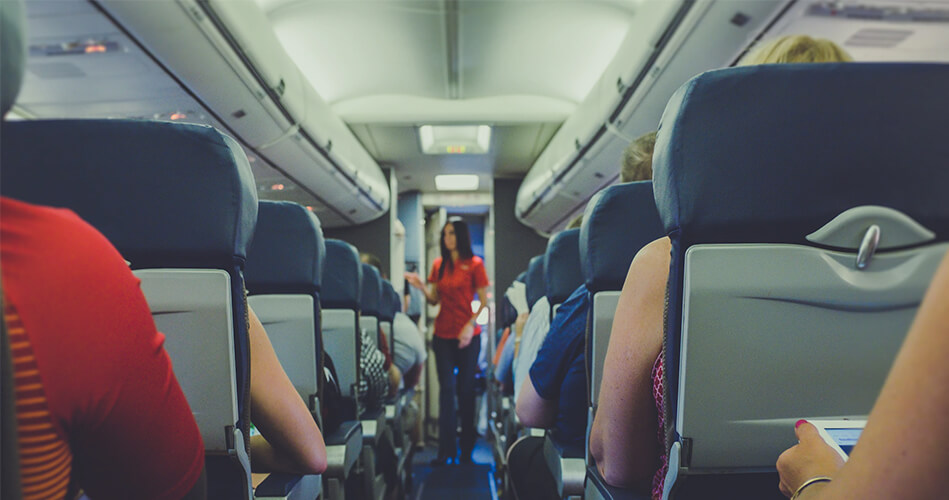
An employee who works on the aircraft and helps passengers during the flight. They tell passengers about safety, bring meals, and answer their questions during the flight.
Last Call for Boarding:
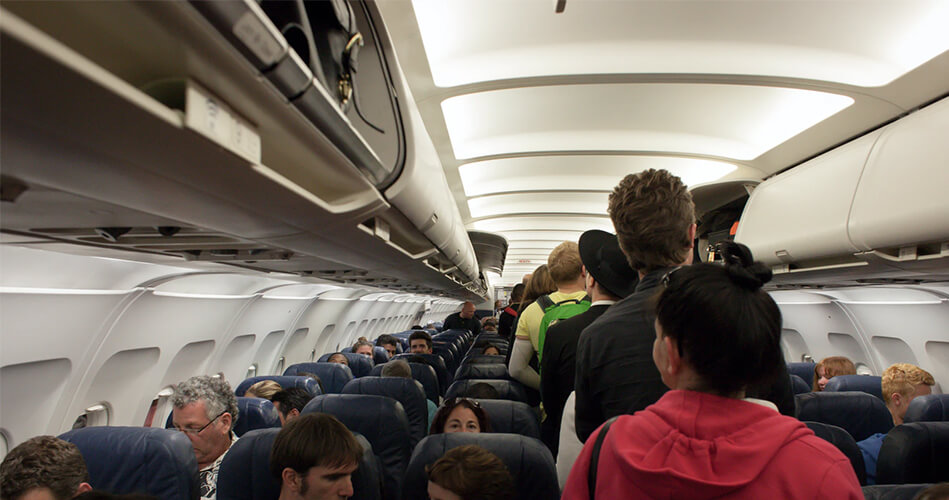
One of the most popular aviation terms used to tell slow-moving passengers to speed up. It shows the urgency of boarding.
Customs:
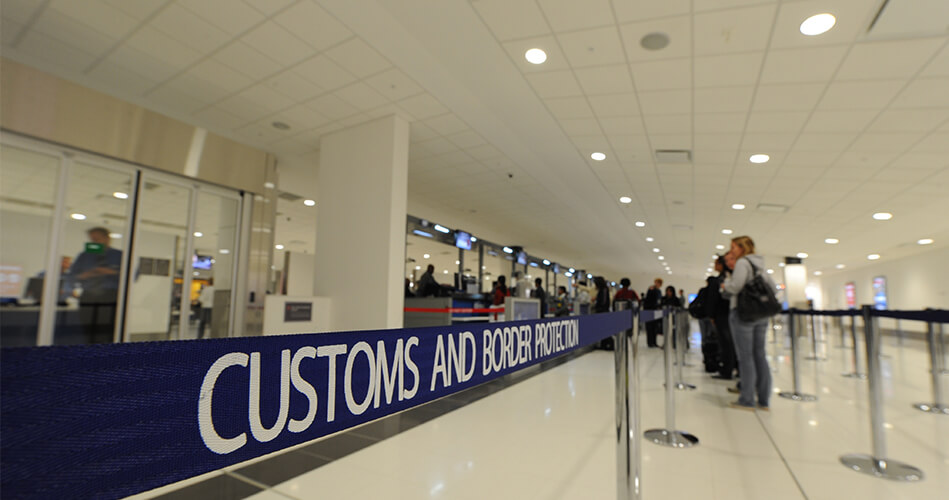
The baggage checkpoint upon arrival at the destination airport. After receiving the baggage, arriving passengers will only be able to enter the country of arrival after passing through the customs area. Customs is the agency that ensures the items brought into a country are allowed in that country.
Airport Runway:
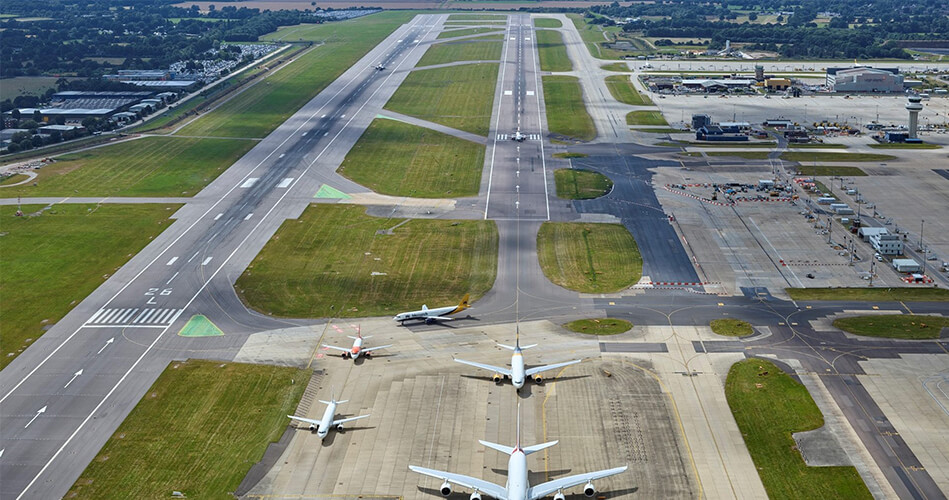
Defined as a wide area of land at the airport dedicated to take-off and landing. It has a specific length and is well illuminated at night so that night trips can land safely.
The most important terms related to the pilot
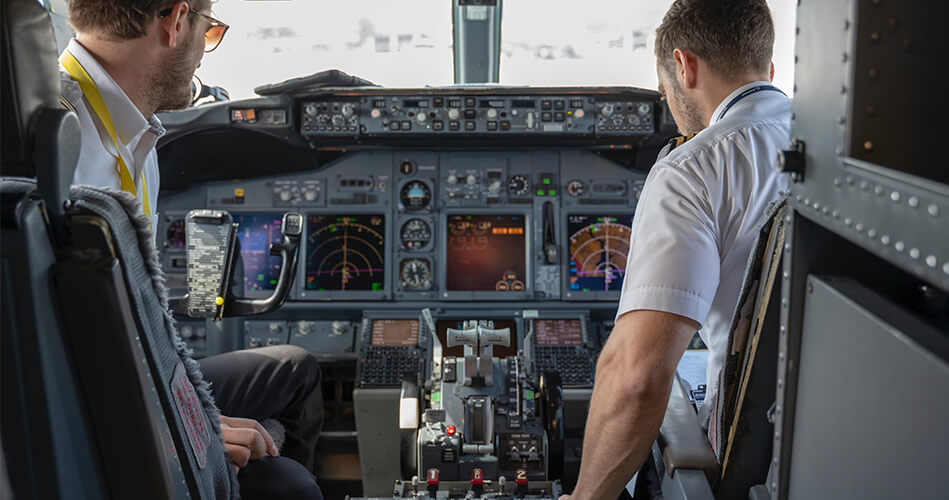
Acknowledge:
The pilot usually says this to indicate that he understood the message and the news, this word is usually circulated between the pilot and the control tower staff for short sentences.
Abort:
A word uttered by the pilot or his co-pilot to the control tower personnel, which means abrupt stopping of the task when the plane is on the runway for take-off before the aircraft reaches the specified speed, which occurs when any technical defect is observed.
- Final controller: Air traffic controller who provides the pilot with the final information regarding the final approach using radar equipment.
- Flight dispatcher: Or flight operations officer, who is legally authorized to transport aircraft after studying all the technical information of the flight, assembling and processing it for the pilot before take-off, taking the following elements: planning accuracy, flight safety, and deportation law. The names of this profession are numerous as flight operations officer, Flight dispatcher, and ground pilot.
- Call to all crew: This phrase is often used in the process of checking the doors of an aircraft, an invitation to all flight attendants to communicate with each other through an intercom system, as a kind of conference calls between the crew
- Flight level and height: The term flight level is one of the most known aviation terms and is a method of determining aircraft altitude in thousands of feet above sea level.
- Turbulence: It is a colloquial term for the tremor caused by weather disturbances or shifting air currents
- Recent actions: For many of us, this term is an indication of a delayed take-off. As for these “procedures,” it is usually a final review of the flight program related to the weight and balance of the aircraft, or just waiting for the maintenance crew to prepare the flight log.
Terms for external and internal aircraft parts:
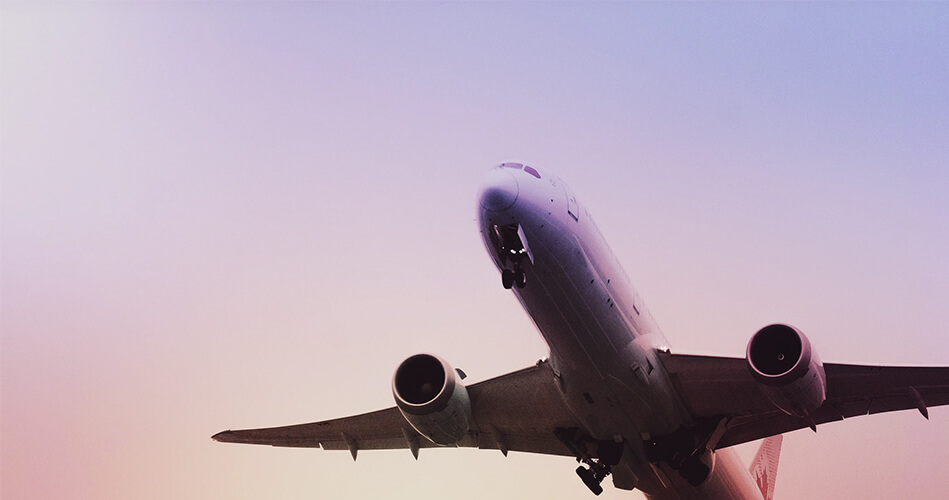
- Wing: It is one of the main parts of the aircraft, the wing of the aircraft extends outward from each side of the aircraft. The lower surface of the wing is almost flat while the upper surface is arched. This streamlined shape helps generate the lifting power that lifts the plane off the ground and keeps it in the air.
- Body: The fuselage extends from the front to the tail. The body of most aircraft takes the tubular shape, covered with a light aluminum casing or composite material. In single-engine aircraft, the engine is usually fixed in the front of the body. But some jets install one or all of their engines in the back of the body. The body gathers inside controls, crew, passengers, and cargo. In small aircraft, the body has a cockpit that can accommodate only the pilot and one passenger. The pilot sits with the passengers in the plane, which seats between two and six passengers. Most large aircraft have a separate cockpit for the crew and cabin for passengers and cargo. In larger aircraft, such as the Boeing 747, the cabin has two separate floors for both passengers and cargo.
- Landing gear: It consists of the wheels that the aircraft moves over when it is on the ground or floats for when it is in the water, and the landing device bears the weight of the aircraft when it is on the ground or water.
- Tailplane: is the back of the plane. The tail group helps to control the aircraft’s flight and maintain its direction and stability in the air.
- Engine: generates the capacity required to fly the aircraft, there are three types of engine; reciprocating or piston engines, engines Jet, rocket engines. All of these produce thrust which moves the aircraft forward or backward is some situations.
- The cockpit: The pilot’s seat and some equipment that helps him to pilot the aircraft and carry out his tasks such as pedals, and also includes communication devices, flight line and flight path clarification (instrumentation), sound recording devices, interpret radar signals and other devices for automated aviation, which enables the aircraft to fly in the air automatically without the intervention of the pilot, as it only gives information to the automated flight device (autopilot) that operates the flight or landing at the airports or changes the direction of the flight in the air, which is very useful with the presence of low clouds, heavy fog, and bad weather.
- Ice Lights: Lights mounted over the plane to light up over the leading edge (front edge) of the wing, allowing the pilot to see ice formation over the wing during flight at night.
- Console: In the pilot’s cockpit it contains control yoke (similar to a steering wheel), speed and power control(s)
Numbers in flight
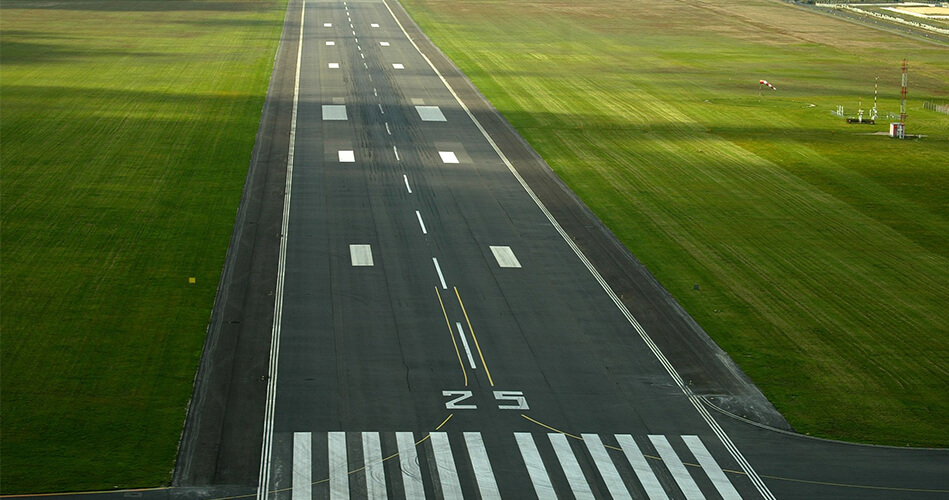
What do the big numbers on the runway mean?
As mentioned above, the runway is a wide area of land where the pilot can take off and land. With the increase of air traffic and the development of aviation, it became important to have a system to separate the runways from each other, the main tool used in the aircraft became the magnetic compass, and each airport had a clear designation based on the magnetic direction.
The thresholds are generally numbered based on a magnetic compass based on 1/10 based on the direction of the magnetic field. Since the compass is divided into 360 degrees, the threshold gets numbers from 1 to 36. The north-facing runway (360 degrees) gets 36. Since the runway is two-way, the southward direction opposite the north (180 degrees) gets the number 18, according to its angle from the North Pole. Many landing strips have parallel runways, so their name requires more specialized. Some letters are written next to numbers, such as the letter R, which means the right runway, and the letter L, which means the left runway. Some airports have three runways, so they use the letter C, meaning the Center Runway.
Read more:
Follow your dreams and become a pilot
The most impressive airport runways around the world
MORE ON


Best Airlines In Asia: Here are the top 8 airlines for your next flight!
Aviation WorldQUESTIONS ABOUT OUR FLIGHT ACADEMY? ASK A TRAINING ADVISOR





